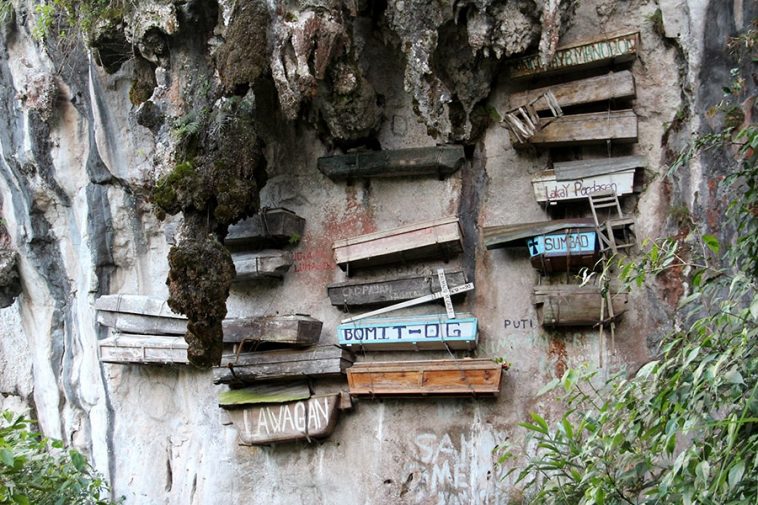Undas is the Philippine tradition of visiting cemeteries to light candles and pray at the graves of loved ones. All Saints’ Day, the Feast of All Saints, is usually observed by the Catholic church and other Christian churches on November 1, a public holiday in many countries, including the Philippines. The next day, All Souls Day, November 2, Christians remember their loved ones who have passed away.
This year, because of the COVID pandemic, cemeteries have been closed from October 21 to November 3 to prevent people from mass gathering and congregating in cemeteries at the same time. Those who want to carry on the tradition of paying respects to their loved ones who have passed on can still visit cemeteries any time before October 31 or the weeks after November 3.
Since we can’t visit cemeteries this weekend, how about reading up on some of the most unusual cemeteries around the Philippines instead? Here are just a few of the notable burial grounds in the country worth visiting any time of the year.
Nagcarlan’s Underground Cemetery
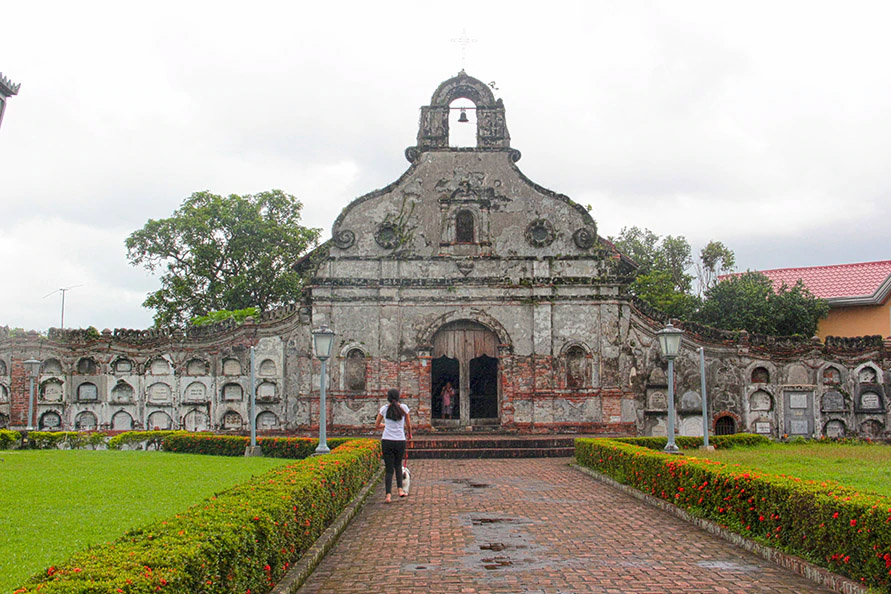
For those based in Metro Manila, Laguna offers an easy road trip destination full of historical and natural spots. The circular Baroque cemetery in the town of Nagcarlan is worth a visit if you’re passing by the area.
The Nagcarlan Underground Cemetery located in Barangay Bambang, two kilometers south of downtown Nagcarlan in the province of Laguna, has been dubbed the only underground cemetery in the country. The national historical landmark and museum was built in 1845 under the supervision of Franciscan priest, Fr. Vicente Velloc as a public burial site.
Its underground crypt was kept exclusively for Spanish friars, prominent town citizens and members of elite Catholic families. The cemetery was also said to be a meeting place of the Katipuneros – Filipino independence fighters – adding to the burial ground’s rich history.
Baguio City’s Cemetery of Negativism
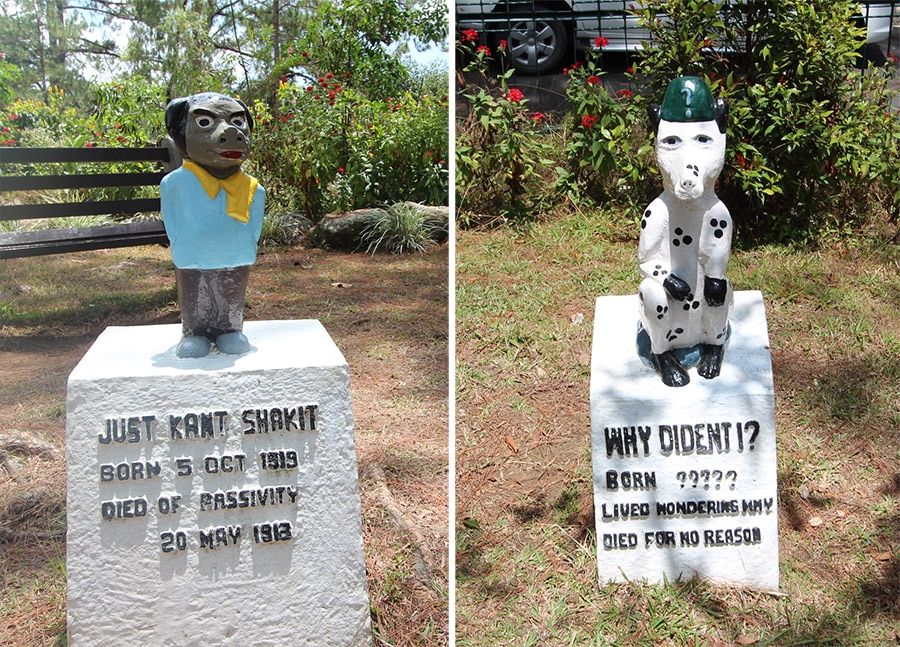
Baguio City has just started to reopen to tourists including those coming from areas in Metro Manila. One of the famous landmarks you can find inside Camp John Hay that has been around for decades is the Cemetery of Negativism, also known as The Lost Cemetery.
This isn’t your typical cemetery where people are buried, but one intended for “man’s greatest self-imposed infliction” – negativism. The tombstones and animal markers with pun-filled names scattered throughout a small garden indicate how creatures died from passivity and inaction, serving as a reminder for the living to be more positively.
Sagada’s Hanging Coffins
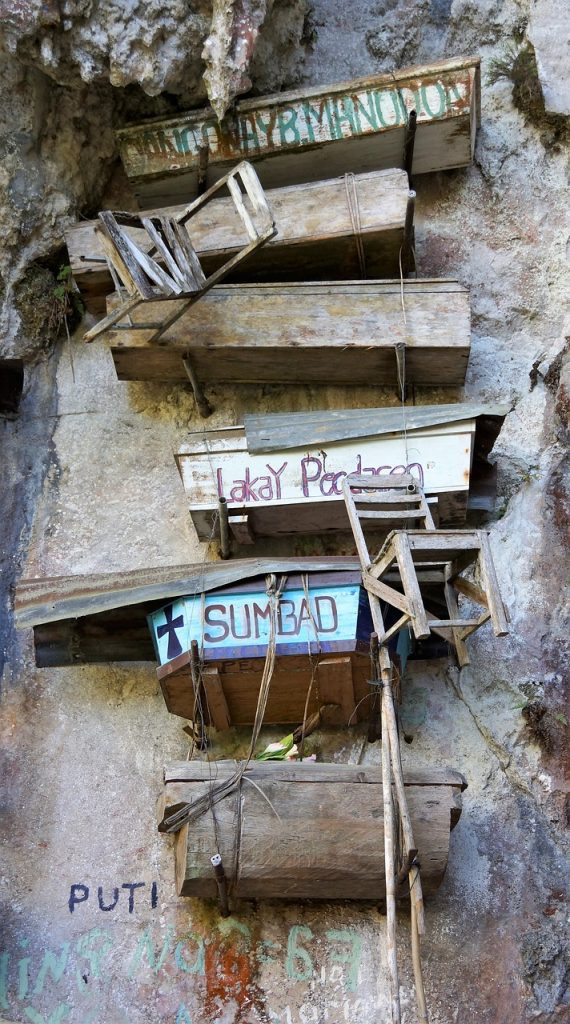
One of the most recognizable landmarks of Sagada in Mountain Province are its hanging coffins. These coffins made from hollowed-out logs hanging from limestone cliffs and cave walls are part of Igorot burial ritual of pre-colonial Philippines. The Lumiang Burial Cave offers a glimpse of ancient traditions as the placement of the coffins was believed to put the departed closer to heaven.
Camiguin’s Sunken Cemetery
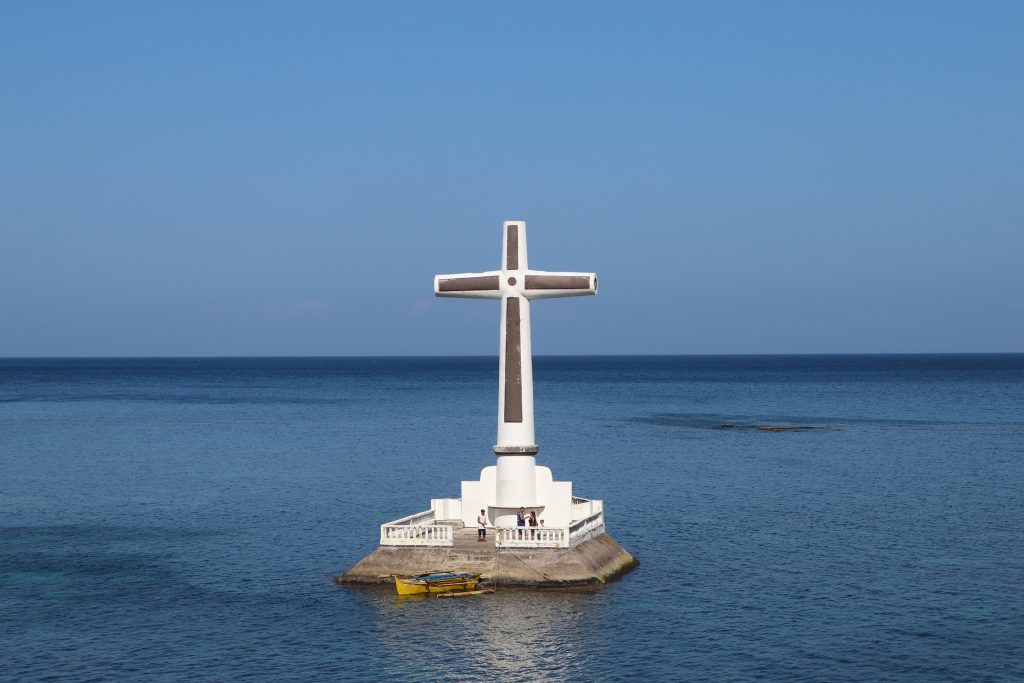
One of the most iconic landmarks in the island province of Camiguin is the Sunken Cemetery. This large cross jutting out from the sea memorializes the cemetery driven 20 feet underwater when Mount Vulcan erupted in the 1870s.
The cemetery located off the shore of Barrio Bonbon in Catarman, Camiguin is also considered one of the best dive sites in the island. According to locals, the site right beneath the cross offers an eerie and fascinating spot for scuba divers and snorkelers to see marine life swimming among tombstones encrusted by corals.
Zamboanga City’s Badjao Cemetery
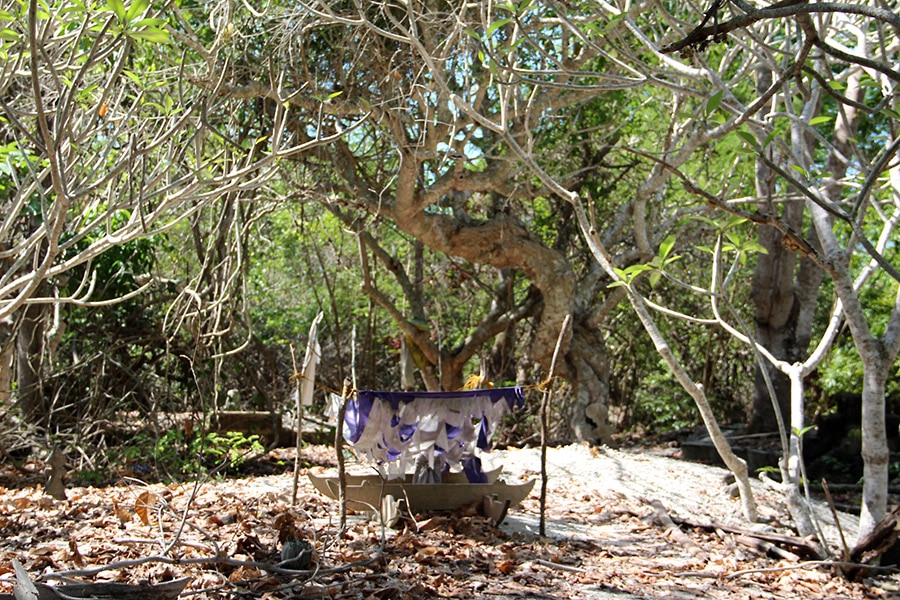
If you’re traveling to Zamboanga City, one of the most beautiful tourist attractions you can visit is the Great Santa Cruz Island, known for its pink sand beach. But before tourists enjoyed the shores and sunny skies at the island, locals from the Badjao and the Sama Bangingi tribes were using some parts of the island as a burial ground.
Visitors can still see the old Badjao burial site underneath a canopy of trees in the forest on the Eastern part of the beach. The Badjaos, known as sea nomads or gypsies of Sulu Sea, believe that the journey continues in the afterlife. Aside from the concrete markers and gravestones, visitors can still spot miniature boats made of wood with cloth sails, which are meant to transport the departed on their great voyage beyond the sea.
Which of these cemeteries have you visited? Sound out below.



